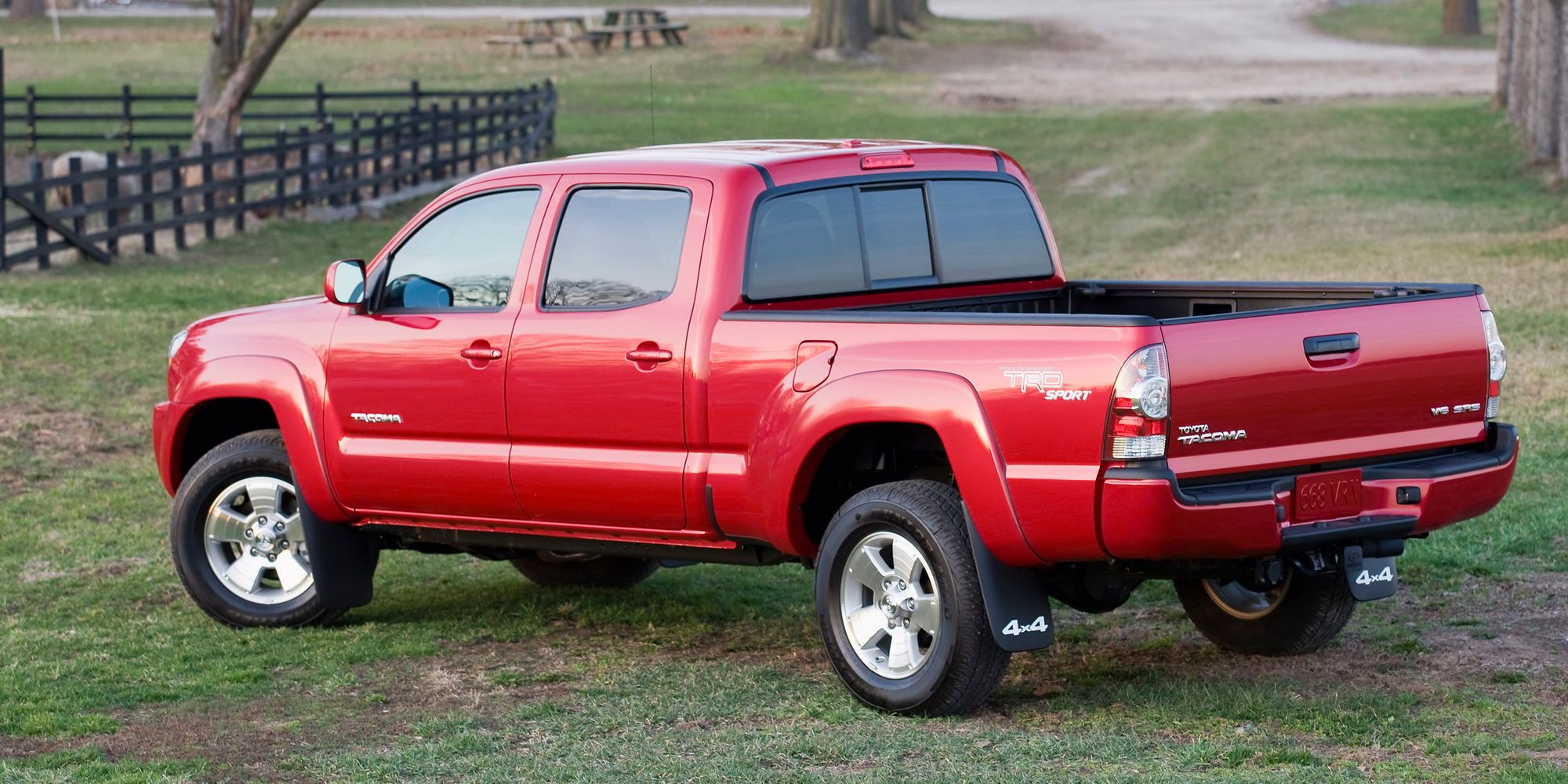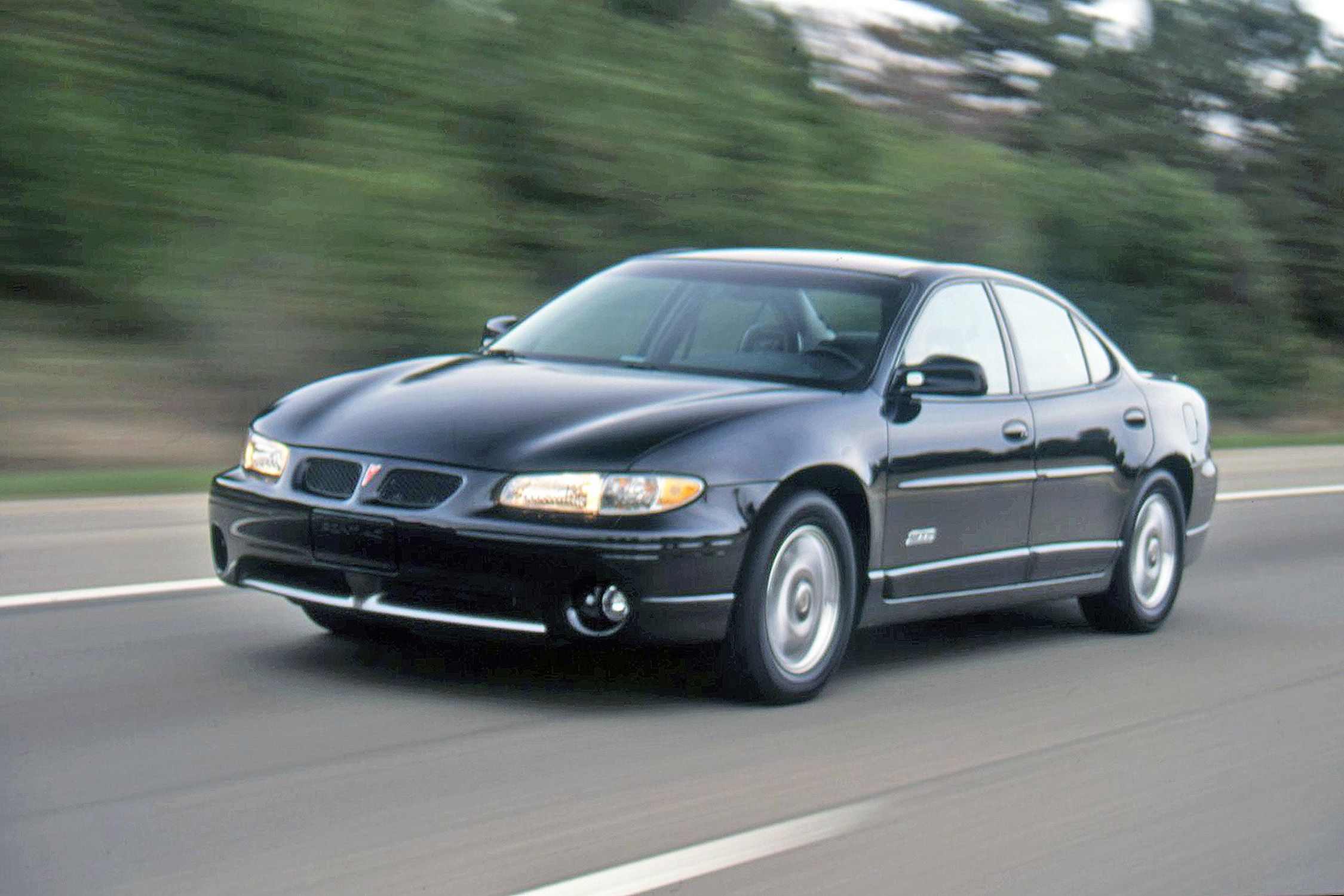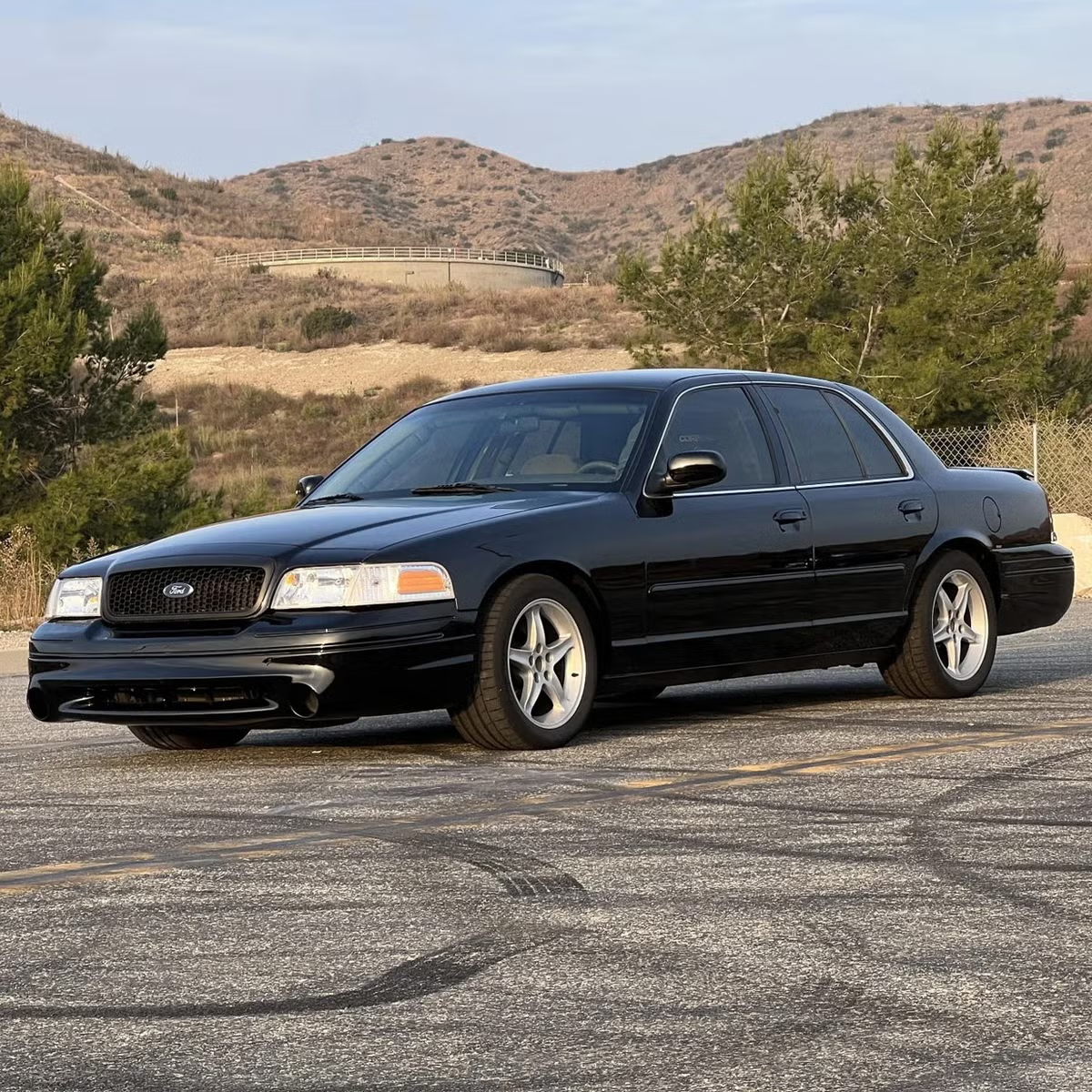Every internal combustion engine is, at its core, a symphony of precision engineering: thousands of explosions per minute occur inside a metal chamber, lubricated by thin films of oil that keep metal from tearing against metal. Oil is not just a lubricant—it’s the lifeblood of the engine, responsible for cooling, sealing, and ensuring smooth operation.
And yet, as simple as the concept may seem, not all engines treat their oil the same way. Some motors seem to run indefinitely without using a drop, while others seem to gulp oil like a college student chugging coffee during finals week.
Engine oil consumption has become a point of serious concern among drivers, especially in the modern era where synthetic oils, turbocharging, and extended service intervals are the norm. While a certain degree of oil usage is considered acceptable—even normal—by many automakers, the range between “acceptable” and “excessive” can be baffling.
Some manufacturers state that burning up to a quart of oil every 1,000 miles is still “within specification,” which to many owners, feels like a corporate shrug rather than a solution. The truth is, oil consumption can vary dramatically based on engine design, material choices, maintenance habits, and even how the car is driven.
This article aims to highlight the two extremes: engines that are nearly immune to oil consumption, and engines that seem genetically predisposed to drink oil at a concerning rate. On one side, you have rock-solid, overbuilt powerplants known for their mechanical integrity—engines like Toyota’s 2.7L 3RZ-FE or Honda’s K24 that often go hundreds of thousands of miles without requiring more than routine oil changes.
These engines have earned their reputations through decades of service in the hands of millions of owners who rarely, if ever, have had to top off their oil between services. On the other side of the spectrum, you’ll find engines that have plagued their owners with persistent oil consumption issues, sometimes from the day they left the factory.
These include high-performance engines with aggressive internal designs that favor horsepower over long-term wear, or simply poorly executed powerplants like the EA888 Gen 1 from VW or Subaru’s oil-thirsty EJ25. These motors may offer stellar performance or great fuel economy on paper, but under the hood, they mask flaws that turn into serious maintenance burdens.
What causes one engine to retain its oil so well, while another bleeds it away seemingly without a trace? The answer is multifaceted. It comes down to design priorities, piston ring engineering, cylinder wall materials, crankcase ventilation, oil viscosity choices, and—most importantly—how all of those systems age together.
An engine that uses a high-performance turbocharged setup might inherently suffer more oil loss due to internal pressure and heat, while a low-stressed naturally aspirated unit may enjoy mechanical serenity over the long haul. Similarly, ring design and oil control systems play a crucial role in whether an engine’s internals stay sealed or allow oil to pass into the combustion chamber.
Driving habits and maintenance practices also play their part. Cold starts, short drives, and irregular oil changes can exacerbate oil consumption even in a normally well-designed engine. However, in many of the engines listed in this article, the problems are rooted in the design itself, meaning even owners who are diligent and mechanically savvy can still be stuck feeding their engines quart after quart.
That’s what makes the divide so frustrating for car enthusiasts and average drivers alike: when the problem lies beneath the pistons, your options are often limited to “top it off” or “rebuild it.”
In the sections that follow, we’ll explore five engines that have become legendary for their oil-burning resistance—models praised for going 5,000 miles or more without dipping below the full mark. And then we’ll dive into five that are infamous for their thirst, with stories of frustrated owners who’ve kept a case of synthetic oil in the trunk like an emergency kit.
Some of these thirsty engines are high-performance monsters; others are humble commuters that should have done better. But they all share one thing: a relentless appetite for oil.
Whether you’re an enthusiast looking for your next bulletproof swap candidate, or a used car buyer hoping to avoid a quart-a-week headache, this article will offer insight into what makes an engine truly dependable when it comes to oil—and what makes others a mechanical liability hiding behind a respectable badge.
Also Read: Top 10 Long-Lasting Cars That Get Over 30 MPG
5 Engines That Never Burn Oil

1. Toyota 2.7L 4-Cylinder (3RZ-FE and 2TR-FE)
Toyota’s 2.7L four-cylinder engines—particularly the 3RZ-FE and its successor, the 2TR-FE—are often cited as paragons of mechanical reliability. Built primarily for light trucks and SUVs like the Toyota Tacoma, Hilux, and 4Runner, these engines were designed with longevity and ease of maintenance in mind.
Their stout architecture and simple, non-turbocharged design contribute to their bulletproof reputation. Even at high mileage, it’s not uncommon to hear of these engines consuming little to no oil between 5,000- to 7,000-mile oil change intervals, which is a rarity in today’s age of high-strung engines. The large oil capacity, combined with their mild state of tune, helps prevent oil breakdown and reduces the chances of consumption.
Much of this oil stability can be attributed to Toyota’s attention to internal sealing. The piston rings, valve guides, and seals were designed with durability in mind. Unlike engines that prioritize high performance at the cost of longevity, the 3RZ-FE and 2TR-FE maintain relatively low compression and operate at moderate temperatures, minimizing blow-by and the thermal breakdown of oil.
The engines use a cast-iron block and an aluminum head, which helps with temperature management and cylinder wall stability—important factors in ring sealing over time. In contrast to engines that develop excessive oil consumption due to cylinder scoring or ring land issues, the Toyota 2.7L rarely suffers from such wear patterns.
These engines also benefit from relatively simple engine management and breathing systems. No direct injection means less chance of valve coking, and a straightforward Positive Crankcase Ventilation (PCV) system reduces the risk of internal pressure spikes that can force oil past seals.
The air/fuel mixture remains consistent across miles and climates, thanks to conservative ECU mapping and simple sensors. Even under heavy loads or high RPM use, such as in off-road driving or towing, these engines hold up remarkably well, and oil usage stays minimal, provided oil changes are done on time and quality fluids are used.
Owners often describe these engines as “tractors” in the best way possible—not because they’re slow, but because they’ll run practically forever if properly maintained. It’s not uncommon to see early-2000s Tacomas with over 300,000 miles on the odometer and factory internals still intact.
Many of these vehicles still have tight engines, no blue smoke, and clean tailpipes, a clear indicator of good combustion and minimal oil use. With modern engines sometimes using a quart of oil every 1,000 miles by design, the Toyota 2.7L is a breath of fresh air—honest, hardworking, and almost worry-free.

2. Honda K24 Series
The Honda K24, part of the revered K-series family, stands as a modern marvel of four-cylinder engine engineering. Found in vehicles like the Accord, CR-V, Element, and even performance builds, the K24 is widely recognized for its balance between power, fuel economy, and, most importantly, reliability.
What’s especially remarkable is how infrequently it consumes oil—even when pushed hard or driven well past 200,000 miles. Enthusiasts and casual drivers alike regularly report going full oil change intervals without having to top off even a single drop. This level of oil control in a relatively high-revving, high-compression engine is both rare and impressive.
Part of the K24’s oil-burning resistance lies in its piston and ring design. Honda engineered these engines with ultra-precise tolerances, meaning that the combustion chambers seal exceptionally well. The piston rings themselves are designed with multi-layered oil control in mind, helping to scrape excess oil off the cylinder walls without clogging or overheating.
The cylinder sleeves are made of high-quality aluminum with excellent heat dissipation properties, further aiding in preventing ring blow-by. This construction keeps oil from entering the combustion chamber and burning off, even in high-mileage engines.
Another factor that contributes to the K24’s minimal oil usage is its robust PCV system and positive crankcase pressure management. Honda paid close attention to how vaporized oil is re-routed back into the intake, ensuring no oil pooling or irregular combustion.
This careful design helps the engine avoid the carbon buildup issues that plague other engines over time. Furthermore, because the K24 uses a port injection system rather than direct injection, there is no valve coking, a common source of oil burning in newer turbocharged engines. This not only helps with long-term oil consumption but also aids in preserving power and fuel economy over time.
Perhaps the most compelling aspect of the K24’s oil performance is how well it stands up to performance modifications. Despite being a naturally aspirated economy engine at its core, the K24 is a favorite for engine swaps, turbocharging, and high-RPM track builds.
Even in these modified applications, the engine’s basic architecture is so sound that oil consumption remains within tight parameters. Many tuners and racers note that even under track conditions, with high temps and long pulls, their K24s don’t ask for a quart after every event. That’s a testament not just to good design, but to an engine built to last—and one that does so without a thirst for oil.

3. GM 3800 Series II (L36 / L67)
General Motors’ 3800 Series II engine is often held up as the most reliable V6 ever made by the company—and for good reason. Whether naturally aspirated (L36) or supercharged (L67), these 3.8-liter V6s are known for delivering torque-rich performance while maintaining excellent durability and low oil consumption.
Cars like the Buick LeSabre, Pontiac Grand Prix, Oldsmobile 88, and Chevrolet Impala routinely reach 200,000 to 300,000 miles with the original engine still running smoothly and cleanly. Owners of these engines often brag about never needing to top off their oil between changes, even in vehicles approaching 20 years of age.
The core of this engine’s oil efficiency lies in its rugged construction. It uses a cast-iron block with iron heads in earlier versions and aluminum heads in later ones. The engine isn’t stressed for performance, typically producing under 250 horsepower, which allows its internal components to operate under relatively low pressures.
Because of this conservative power output and lower RPM operation, the engine doesn’t push oil past its piston rings or valve guides, even after thousands of miles. Additionally, the wide oil galleries and simple overhead valve (OHV) design help keep oil pressure stable and distribution even, further preventing hot spots that could lead to oil breakdown or vaporization.
One of the lesser-known strengths of the 3800 is its exceptionally low blow-by. Thanks to tight tolerances and the engine’s relatively low compression ratio, combustion gases don’t find their way into the crankcase as easily as they do in more modern, higher-compression engines.
This means the crankcase stays cleaner and drier, reducing the chance that oil mist will get sucked back into the intake and burned. The PCV valve setup is simple yet effective, routing vapors without overwhelming the intake tract or carbonizing the valves. Even the supercharged variants maintain this clean operation, as the Eaton M90 blower runs at modest boost levels and doesn’t introduce excess pressure into the crankcase.
GM may have had many questionable engine designs over the decades, but the 3800 Series II remains a shining example of when they got it right. Maintenance is straightforward, and oil consumption remains practically nonexistent with proper care.
There’s a reason these engines are often found still running in junkyards—because they’re hard to kill, and harder still to catch burning oil. For anyone seeking a budget-friendly, no-nonsense powerplant that sips fuel and holds onto its oil, the GM 3800 is one of the best the 90s had to offer.

4. Mazda BP 1.8L DOHC (Miata NA/NB)
The Mazda BP 1.8L DOHC engine, featured in the first- and second-generation Mazda Miata (NA and NB), is often praised not just for its rev-happy, responsive nature but also for its astonishing mechanical resilience—especially in terms of oil consumption.
This is a motor designed with motorsport in mind, and it shows in the way it handles hard driving without asking for constant oil top-offs. Even in cars with 150,000+ miles, it’s not uncommon for the oil dipstick to remain near the full mark well into the service interval. That’s a level of oil retention most modern engines struggle to match.
The BP engine utilizes forged connecting rods, a strong crankshaft, and durable aluminum pistons—components usually found in performance engines. But what sets it apart is the long-term integrity of its piston rings and cylinder walls. Mazda designed the BP to have excellent ring seal and efficient oil scraping action, which keeps oil from entering the combustion chamber.
The cylinder walls themselves are well-machined and retain their cross-hatching for far longer than most engines, reducing wear and oil seepage. Even under sustained high RPM use, the engine maintains compression without spitting oil into the intake or exhaust.
Part of the oil control success also comes from the Miata’s overall design philosophy: simplicity and balance. There’s no turbo, no direct injection, and no exotic valvetrain—just a straightforward DOHC design that prioritizes mechanical harmony. This means fewer components are likely to wear or fail in ways that would increase oil consumption.
Additionally, the PCV system in the BP engine is extremely well-calibrated for the engine’s size and displacement, keeping internal pressure in check and ensuring that oil vapor stays in the crankcase where it belongs. Combine that with a relatively large oil sump and moderate oil temperatures, and the result is consistent oil performance over time.
Enthusiasts regularly take these engines to autocross events, weekend track days, or long road trips and find they don’t need to touch the oil between events. Even under those high-stress conditions, the BP engine keeps its cool and its oil.
It’s a testament to how smart engineering from the 1990s—focused not just on performance but sustainability—can outperform more modern designs that chase higher output at the cost of long-term stability. Whether you drive a Miata for the joy of it or the reliability, the BP engine stands out as one of the best-balanced and most oil-retentive four-cylinders of its time.

5. Ford Modular 4.6L SOHC V8
The Ford 4.6L SOHC V8, part of the broader Modular engine family, is a workhorse engine that found its way into Mustangs, Crown Victorias, Lincoln Town Cars, and the Ford F-150. Though not known for high-revving excitement or massive power, this engine was built to last—and last it did. One of its most underappreciated strengths is its excellent oil management.
Owners of high-mileage Crown Victorias and fleet vehicles frequently report going full 5,000-mile intervals without the oil level budging an inch. That kind of consistency makes the 4.6L a favorite among long-haul drivers and anyone looking for a low-maintenance V8. The 4.6L’s oil-burning resistance is largely due to its conservative engineering.
Designed in the mid-1990s, it features a deep-skirt aluminum block (with cast iron in some variants), long cylinder bores, and robust internals built for longevity over peak power. With a relatively low compression ratio and modest cam profiles in the SOHC variants, the engine doesn’t generate excessive cylinder pressure that would normally lead to oil blow-by.
Ford also engineered the piston rings and oil control systems to favor longevity and consistent lubrication, rather than squeezing out every last bit of performance. This resulted in engines that could be idled for hours or driven across states without guzzling oil.
Another benefit is its extremely stable valvetrain and cam phasing. Unlike many modern engines that rely on aggressive variable valve timing (which can contribute to oil migration and pressure spikes), the 4.6L SOHC V8 uses a simpler timing setup.
That mechanical simplicity translates to fewer opportunities for valve guide wear or seal degradation—two common culprits of oil consumption in modern engines. It also means fewer oil leaks, since the engine doesn’t rely on high-pressure oil channels to control cam phasing. The net result is a cleaner-running engine over the long haul.
One of the most impressive aspects of the 4.6L V8’s oil behavior is how it holds up even in extreme conditions. Police Interceptors, delivery vehicles, and old airport shuttles—many of which saw constant use with limited downtime—have demonstrated that these engines can rack up over 300,000 miles with regular oil changes and still show no signs of burning oil.
That kind of durability, especially in the modern age where even some 50,000-mile engines burn a quart every 1,000 miles, is downright commendable. For anyone looking to buy an old Panther-platform Ford or a used F-150 with a 4.6L, rest assured: the engine may be dated, but it’s one of the most stable, oil-wise, you can find.
5 Engines That Need a Quart Every Week
While some engines seem nearly invincible, others suffer from chronic oil consumption that borders on unacceptable, even when relatively new. These oil-thirsty engines can become a nightmare for their owners, requiring frequent top-offs, often without any visible leaks or external signs.
In many cases, the issue is baked into the engine’s design, and no amount of babying will completely eliminate it. From poor piston ring design to flawed PCV systems and high internal pressures, there are many reasons why certain engines guzzle oil like fuel. Let’s dive into five notoriously oil-burning engines, based on widespread user reports, mechanic experiences, and manufacturer service bulletins over the years.

1. Audi/Volkswagen 2.0T TSI (EA888 Gen 1 & Gen 2)
Audi and Volkswagen’s early iterations of the 2.0T TSI engine—particularly those found in models between 2008 and 2012—are infamous for excessive oil consumption. Found in vehicles like the Audi A4, A5, and VW GTI, this engine was praised for its punchy performance and efficiency.
However, many owners quickly discovered they needed to carry an extra quart of oil in the trunk at all times. Some reported having to add oil every 800–1,000 miles, even when the car was relatively new. Worse yet, the oil loss often came without warning lights or clear leaks, leaving unsuspecting drivers running dangerously low on lubrication.
The core issue stemmed from poor piston ring design. The oil control rings used in these engines were too thin and prone to sticking. This allowed oil to sneak past and enter the combustion chamber, where it would be burned off. Over time, carbon would build up on the piston lands and exacerbate the problem, leading to even greater oil consumption.
Compounding the issue was a flawed PCV system that often failed, leading to excessive crankcase pressure and further forcing oil past seals. Audi did eventually acknowledge the problem through technical service bulletins and warranty repairs, but only after years of owner frustration.
While some fixes were offered—including piston and ring replacements—they were expensive and often only temporarily effective. In many cases, the issue would return after tens of thousands of miles. For affected owners, the recommended “solution” was often just to check the oil frequently and accept it as a quirk of the engine.
That’s a hard pill to swallow when you’ve paid a premium for what you believed was a luxury or performance car. The engine’s direct injection design also contributed to heavy carbon buildup on valves, which only compounded oil consumption issues as the engine aged.
To this day, the EA888 Gen 1 and Gen 2 engines remain a cautionary tale for used car buyers. The platform improved in later versions (particularly Gen 3), but early TSI engines are often associated with constant oil level anxiety. Enthusiasts joke about buying oil more often than gasoline, and not without reason. If you’re shopping for a used Audi or VW from this era, make sure to check service records—and the glovebox for spare quarts of synthetic.

2. Subaru EJ25 (Naturally Aspirated, Especially 2005–2014)
The Subaru EJ25, particularly in its naturally aspirated form found in models like the Outback, Legacy, Impreza, and Forester from around 2005 to 2014, developed a reputation for guzzling oil at alarming rates.
Subaru fans may defend the platform for its character and reliability under specific conditions, but even the most loyal owners can’t deny the frequency with which they were topping off their oil. In some cases, drivers were forced to add a quart every 500 to 1,000 miles—far more than most engines consider acceptable.
One of the major contributors to the issue was ring design and orientation. The piston rings in these engines—particularly the oil control rings—tended to clog and lose effectiveness prematurely. Combined with Subaru’s signature horizontally opposed (boxer) layout, oil that should’ve drained back into the sump often lingered in the cylinders, particularly if the car was parked on an incline or driven primarily short distances.
Over time, this led to increased oil usage, even with relatively low mileage. Unlike other engines where consumption shows up as leaks, the EJ25 typically burned it right in the combustion chamber.
Subaru’s response was mixed. Some dealers acknowledged the issue and replaced short blocks under warranty, while others told customers that oil consumption of a quart every 1,000 miles was “within specification.” This phrase became infamous in Subaru forums, as owners felt dismissed despite dealing with engines that had deeper mechanical flaws.
A class-action lawsuit eventually pushed Subaru to offer extended warranties and reimbursement programs, but by then, many vehicles had already passed their peak value, or suffered serious engine damage from running too low on oil.
Another layer to the issue is how subtle the problem can be. The EJ25 doesn’t always smoke or leak, so owners may not realize their engine is starving for oil until the damage is done. As such, these Subarus often demand vigilant monitoring and a disciplined oil-checking routine. For some, it’s just part of the ownership experience.
For others, it’s a deal-breaker. While later Subaru engines made improvements, the oil-burning reputation of the EJ25 era still lingers, making it one of the most cautionary engines in recent history.

3. BMW N63 4.4L Twin-Turbo V8
The BMW N63 V8 is a technological powerhouse—and an oil consumption nightmare. Introduced in the late 2000s in high-end models like the 550i, 650i, and X5/X6 xDrive50i, this 4.4-liter twin-turbocharged engine was the first hot-V twin-turbo V8 from BMW.
It packed immense power and torque, but behind the thrilling performance was a laundry list of reliability issues, including outrageous oil consumption. Owners commonly report adding a quart every 700 to 1,200 miles, and some even more frequently under spirited driving conditions.
The root causes of the oil burning are manifold. First, the engine runs extremely hot due to the “hot V” design, where the turbos are mounted inside the V of the engine. This keeps exhaust paths short for better turbo response but traps heat in the center of the engine, baking gaskets, seals, and oil. High temperatures accelerate oil breakdown, increasing the likelihood of it slipping past turbo seals or valve guides. Additionally, the piston ring design is aggressive—favoring performance and efficiency over long-term wear resistance—leading to accelerated blow-by and oil burn in the cylinders.
BMW issued multiple technical service bulletins over the years and even launched a massive “Customer Care Package” campaign that involved replacing timing chains, valve stem seals, crankcase ventilation components, and software updates to address oil consumption. But even after these interventions, many owners continued to report poor results.
For BMW, this was more than a reliability issue—it was a public relations disaster that called into question their commitment to long-term ownership satisfaction. It also introduced thousands of owners to the joys of keeping cases of expensive synthetic oil on hand.
The N63 is one of those engines that feels great when it’s working—but makes you pay dearly to keep it going. Beyond oil consumption, it has a reputation for timing chain failures, injector problems, and premature turbo wear. While the later N63TU (technical update) versions did improve significantly, early models are widely considered ticking time bombs. Unless meticulously maintained—and with deep pockets—owning one can be like living with a rockstar roommate: loud, exciting, and always drinking something that doesn’t belong to them.

4. Toyota 2AZ-FE 2.4L (Camry, RAV4, Scion tC, etc.)
Yes, a Toyota engine made this list. The 2AZ-FE 2.4-liter inline-4, found in millions of vehicles like the Camry, RAV4, Scion tC, and Matrix between 2001 and 2009, is often cited as an anomaly in Toyota’s otherwise sterling reputation for reliability.
Despite being in mainstream, family-friendly vehicles, this engine developed a persistent issue with oil consumption, especially as it passed the 80,000 to 120,000-mile mark. For many owners, topping off with a quart of oil every 1,000–1,200 miles became a normal part of life.
The main issue lay in the piston ring design. In certain production batches, the oil control rings failed to maintain proper tension or got clogged with carbon and sludge. This allowed oil to slip past and burn off in the combustion chamber.
Compounding the issue, the PCV system wasn’t robust enough to manage crankcase pressure in these older engines, especially in vehicles driven in short bursts or poorly maintained. In extreme cases, vehicles with relatively low mileage experienced engine knock and even full-on seizure due to low oil levels.
Toyota eventually issued a service bulletin and even extended the warranty on specific VIN ranges, offering free piston and ring replacements—but only if customers complained early and met strict oil consumption test parameters. Many owners, unaware of the problem or brushed off by dealers, missed out on the repair window and were left managing the issue on their own. This led to growing discontent and hundreds of complaints online, especially as drivers learned their trusted Toyotas were quietly drinking oil behind the scenes.
Despite the issue, many 2AZ-FE engines still lasted well beyond 200,000 miles, so long as owners religiously checked and topped off oil levels. But for a brand known for “just change the oil and drive it forever” simplicity, the 2AZ-FE felt like a betrayal.
To this day, used car buyers are often warned to ask pointed questions about oil consumption when looking at older Camrys and RAV4s. It’s a reminder that even giants like Toyota can occasionally drop the ball, especially when trying to maximize fuel efficiency and emissions compliance with thinner rings and tighter tolerances.

5. Mazda 2.3L DISI Turbo (Mazdaspeed3 & Mazdaspeed6)
The Mazdaspeed 3 and 6 were exciting cars, but their 2.3L Direct Injection Spark Ignition (DISI) turbocharged engines came with some serious baggage. Owners of these vehicles often found themselves having to add a quart of oil every 800 to 1,200 miles, particularly if the car was driven aggressively.
What’s worse, this level of consumption could start as early as 60,000 miles and rapidly worsen if not addressed. For performance enthusiasts who were drawn to these Mazdas for their torque-rich driving experience, the need to constantly monitor oil levels became an unwelcome chore.
One of the primary causes was a combination of aggressive turbocharging and weak piston ring sealing. The boost pressures generated by the stock turbo were significant, and while this made for excellent performance numbers, it also increased cylinder pressures, often leading to ring blow-by.
The piston ring lands were also prone to cracking or wearing prematurely, particularly in modified or hard-driven vehicles. The oil control rings often lost tension early, especially with heavy carbon buildup from the direct injection system. These factors combined to create a perfect storm of oil usage.
The situation was exacerbated by inadequate PCV system design. The crankcase ventilation couldn’t always keep up with the pressure and vapor load from spirited driving, especially under boost. This often led to oil pooling in the intake tract and intercooler piping, causing misfires and smoke on startup.
Some owners resorted to catch cans, custom breather systems, or upgraded PCV setups to manage the issue, but few reported complete success. The reality was that unless the engine was fully rebuilt with upgraded internals, oil consumption remained part of ownership.
To make matters worse, the direct injection system led to severe valve coking, which further stressed the engine and worsened oil control over time. Once oil starts fouling plugs and causing detonation, the engine’s longevity comes into question.
Enthusiasts loved the Mazdaspeed 3 and 6 for their bang-for-the-buck performance, but they came with a steep maintenance cost. For those who weren’t ready to play mechanics on weekends, the DISI turbo became a warning rather than a recommendation. It’s a powerful engine—but one with a thirst that never really gets quenched.
Also Read: 5 Toyota Hybrids With Long Lives and 5 That Constantly Glitch
When buying, building, or maintaining a vehicle, most people focus on the big questions: how much horsepower does it make? What’s the 0–60 time? Is it reliable? Yet lurking beneath the surface of these broader inquiries lies a quieter, oilier question that deserves equal attention: Does the engine burn oil?
Because, as many owners have learned the hard way, a powerful or refined engine isn’t worth much if it constantly demands a quart of oil every week just to keep running properly. In some cases, oil consumption isn’t just a nuisance—it’s a sign of deeper, more costly problems to come.
What sets apart the engines that retain their oil from those that don’t? It’s more than just good engineering—it’s a philosophy. The best oil-sipping engines come from manufacturers who prioritize longevity, mechanical simplicity, and durability over cutting-edge performance at all costs.
These powerplants often avoid direct injection in favor of port injection, use high-quality valve seals and piston rings, and are designed with internal pressures that don’t stress the engine’s weakest components. Engines like the Toyota 2.7L, the GM 3800, and the Ford 4.6 Modular V8 weren’t built to break records, but they were built to last. And in doing so, they earned the trust of millions of owners who didn’t need to carry a quart of oil in their trunk “just in case.”
On the other hand, engines that routinely burn oil often fall victim to over-ambition or short-sighted design. Whether it’s BMW’s hot-V turbo V8s or VW’s direct-injected 2.0T TSI engines, the desire to innovate quickly, increase power, and meet ever-tougher emissions standards sometimes leads manufacturers to cut corners or overlook long-term wear behavior.
Thin piston rings, aggressive crankcase pressures, insufficient PCV designs, and turbo placement can all conspire to make oil consumption a built-in feature rather than an anomaly. These engines may offer stunning performance in the short term, but they extract a toll over time, not just in oil, but in wear, frustration, and often wallet-draining repairs.
Perhaps more insidious is the way some manufacturers have normalized oil consumption. The phrase “within spec” has become a red flag for many consumers—a corporate euphemism that often means, “Yes, your engine burns oil, but we’re not going to do anything about it.” This laissez-faire attitude shifts responsibility onto the customer, demanding they adapt to the car’s needs rather than expect the car to meet theirs.
For automakers to regain trust, they must recognize that frequent oil top-offs in engines under 100,000 miles shouldn’t be accepted as standard behavior. There’s a fine line between engineering for performance and engineering around a defect.
From a consumer’s standpoint, understanding these dynamics is crucial, especially when shopping for a used car or planning a long-term ownership experience. An engine that sips oil quietly for 300,000 miles can save thousands in maintenance, downtime, and peace of mind.
Conversely, a car that requires constant monitoring, topping off, and oil-related repairs can sour the ownership experience, even if everything else is mechanically sound. It becomes a game of vigilance: watching the dipstick, checking the tailpipe for blue smoke, and wondering whether that slight misfire is just a spark plug or something more sinister lurking under the valve covers.
In the end, oil consumption isn’t just about fluid levels—it’s a barometer of the engine’s health, the manufacturer’s philosophy, and the car’s long-term viability. Choosing a car with a well-engineered, low-consumption engine is about more than avoiding the cost of a quart here or there.
It’s about trust. Trust that the machine will do what it’s supposed to do, day in and day out, without drama. Trust that your investment won’t leak away—literally—with every mile you drive. Whether you’re after peace of mind, long-term value, or mechanical perfection, the oil story matters.
So, the next time you’re browsing classifieds or standing in a showroom, go ahead and ask the questions that matter—horsepower, torque, tech, comfort. But don’t forget to ask the quieter, more crucial one too: does it burn oil?
